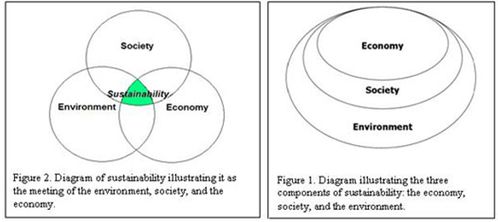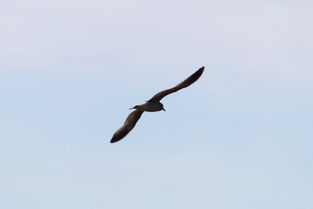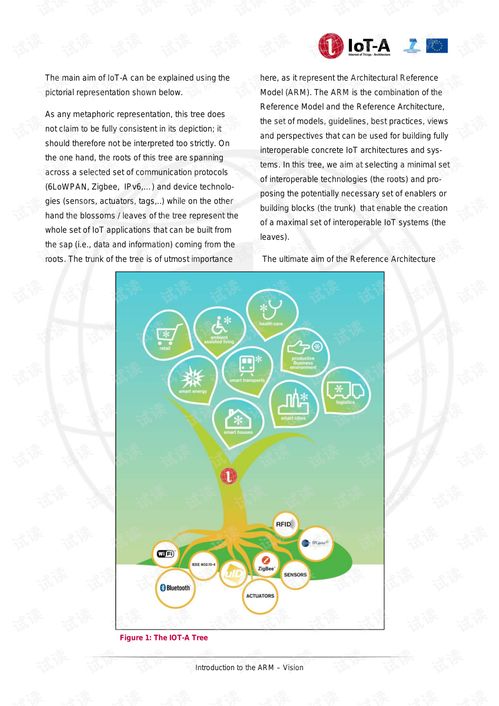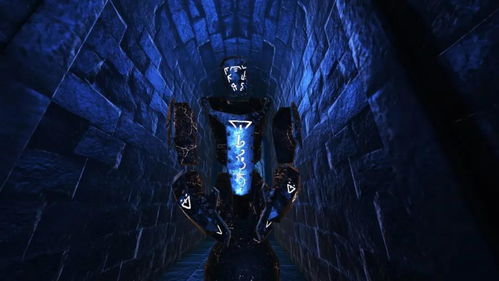Content:
Sea fishing is a thrilling and rewarding activity that allows you to connect with nature and enjoy the tranquility of the ocean. Whether you are looking for a hobby or a way to unwind, getting started in sea fishing can be an exciting adventure. In this article, we will provide you with essential tips and techniques to help you begin your journey into the world of sea fishing.
Gather the Necessary Equipment
Before you start sea fishing, it is crucial to have the right equipment. Here is a list of essential gear you will need:
- Rod and reel: Choose a rod and reel that are suitable for the type of fish you want to catch. Spinning reels are ideal for lighter lures and baits, while baitcasting reels are better for heavier ones.
- Lures and baits: Research the types of fish in your area and select the appropriate lures or baits. Live bait, artificial lures, and jigs are popular choices.
- Tackle box: Keep your fishing line, hooks, sinkers, swivels, and other accessories organized in a tackle box.
- Terminal tackle: This includes hooks, sinkers, swivels, and leaders. Make sure you have a variety of sizes and strengths to accommodate different fish species.
- Fishing line: Choose a line that is strong enough to handle the fish you are targeting. Monofilament, fluorocarbon, and braided lines are popular options.
- Rod holder: A rod holder will keep your rod stable and prevent it from tangling.
- First aid kit: Always have a first aid kit on hand in case of an emergency.
Learn the Basics of Fishing Techniques
To be successful in sea fishing, you need to understand the basics of fishing techniques. Here are some essential tips:
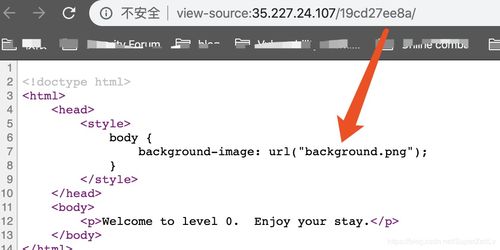
- Choose the right location: Research the best spots for fishing in your area. Look for areas with abundant fish populations, such as rock piles, jetties, and beaches.
- Cast effectively: Practice your casting technique to ensure that your lure or bait lands where you want it. Different casting techniques work better for different situations, so be prepared to adapt.
- Use the right bait: Learn about the types of bait that attract the fish you are targeting. Live bait, artificial lures, and jigs all have their advantages and disadvantages.
- Be patient: Sea fishing can be unpredictable, and it may take some time to catch a fish. Stay patient and enjoy the experience.
- Be aware of the weather: Check the weather forecast before heading out to fish. Avoid fishing in bad weather conditions, as they can be dangerous and detrimental to your catch.
Understand Fish Behavior
To increase your chances of catching fish, it is essential to understand their behavior. Here are some tips:
- Fish migration: Many fish migrate to different areas depending on the season. Research the migration patterns of the fish you are targeting to find them in the right spot.
- Water temperature: Fish are more active in warmer water. Try to fish in areas with warm water, especially during the colder months.
- Tide and current: The tide and current can significantly impact fish behavior. Fish tend to be more active during the tide change. Research the local tide charts to plan your fishing trips accordingly.
- Time of day: Fish are most active during dawn and dusk. These are the best times to fish, as the fish are more likely to be feeding.
Join a Fishing Community
Connecting with other anglers can provide you with valuable insights and tips. Consider joining a local fishing club or online community to share experiences, learn from others, and get advice on the best fishing spots and techniques.
In conclusion, getting started in sea fishing requires the right equipment, knowledge of fishing techniques, and an understanding of fish behavior. By following these tips and techniques, you will be well on your way to becoming a skilled sea angler. Remember to enjoy the process and cherish the time spent with nature. Happy fishing!
